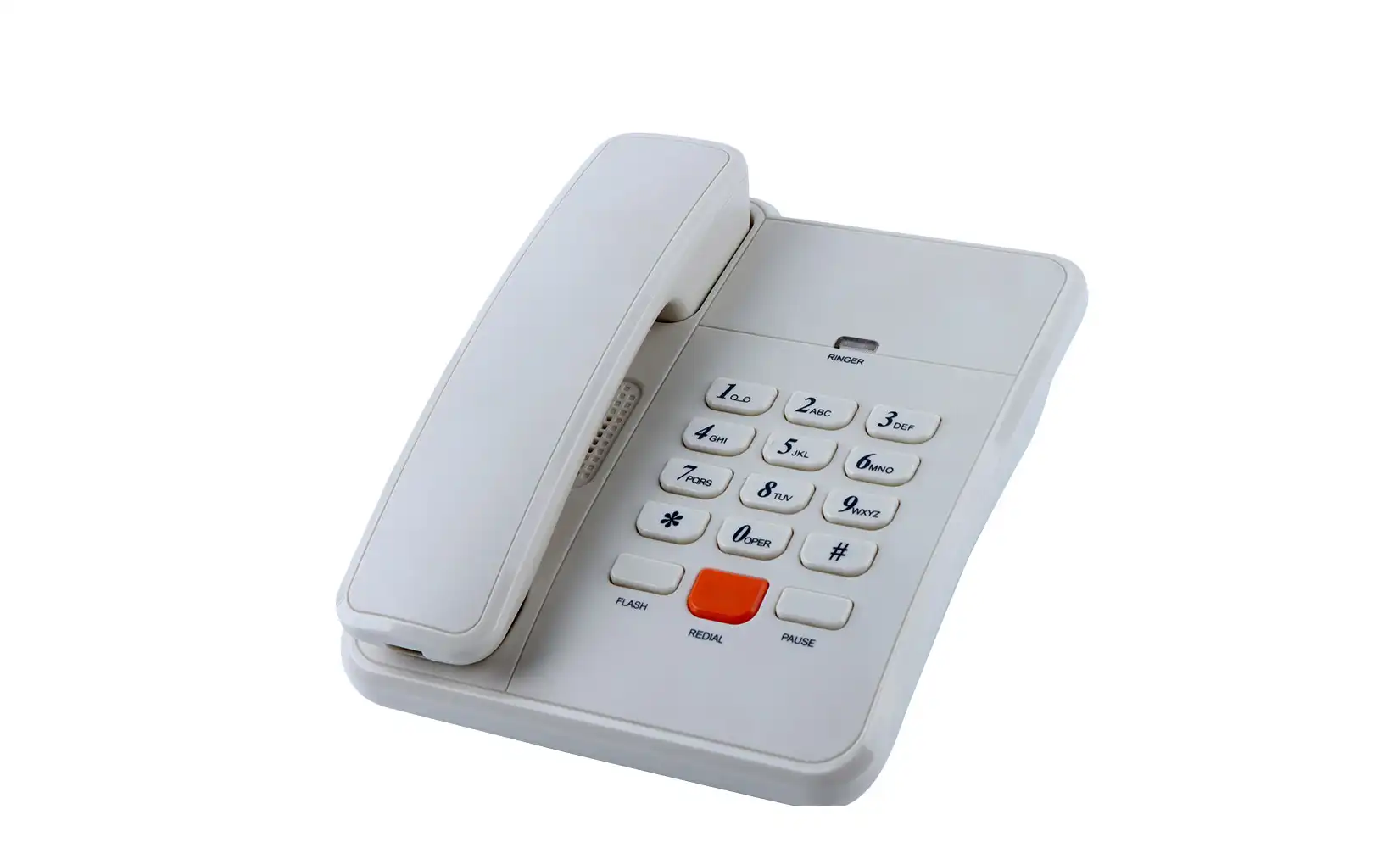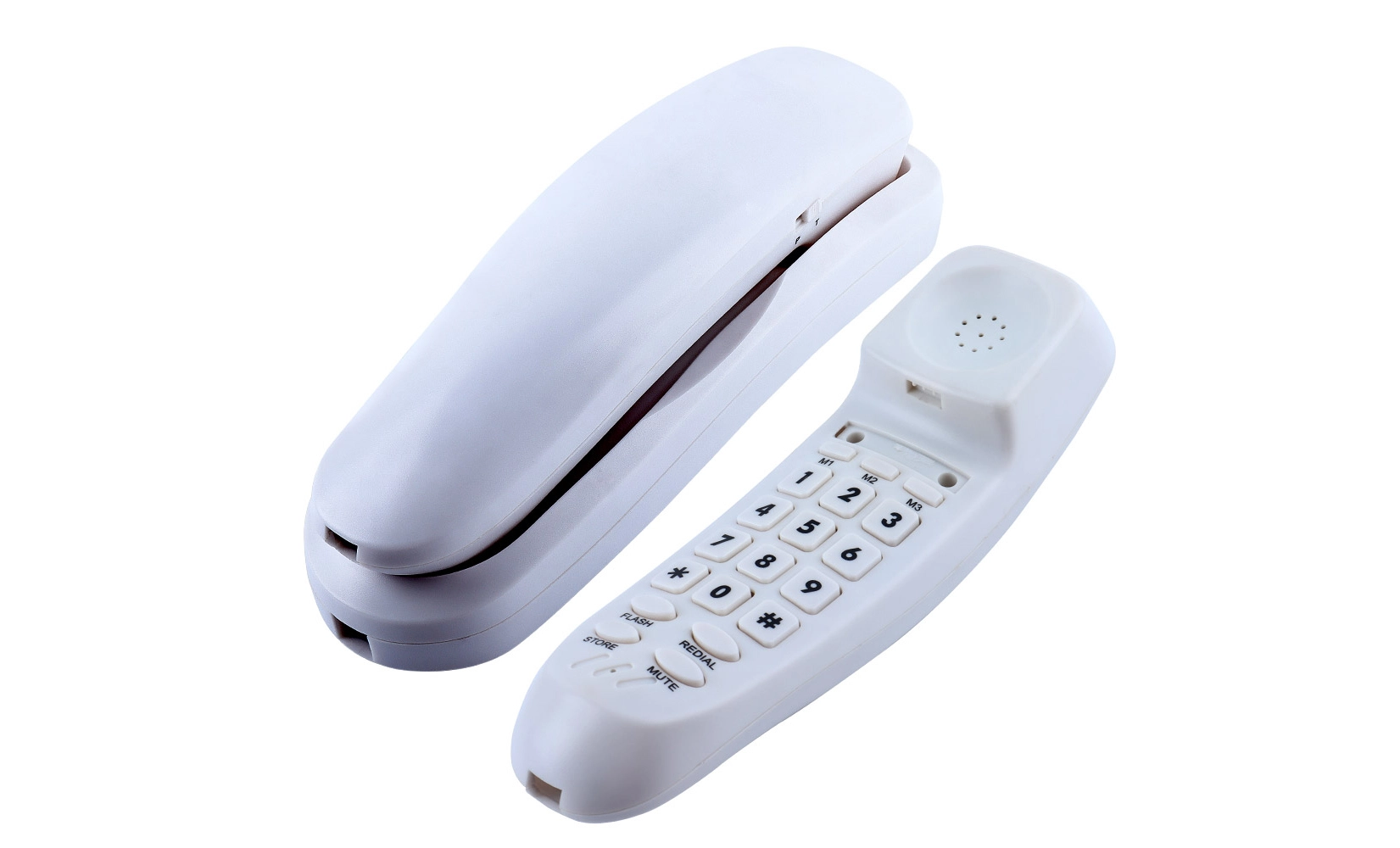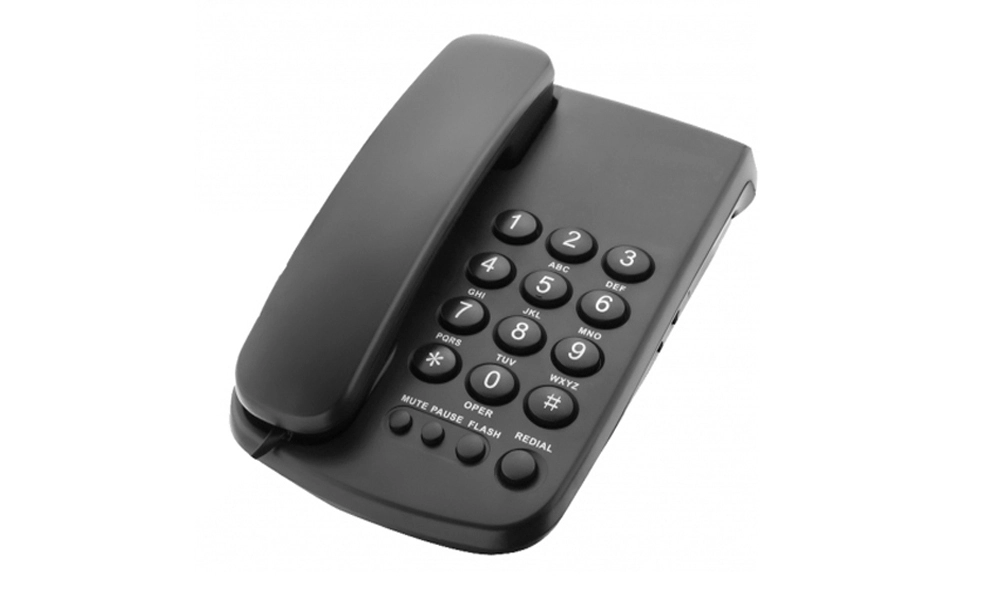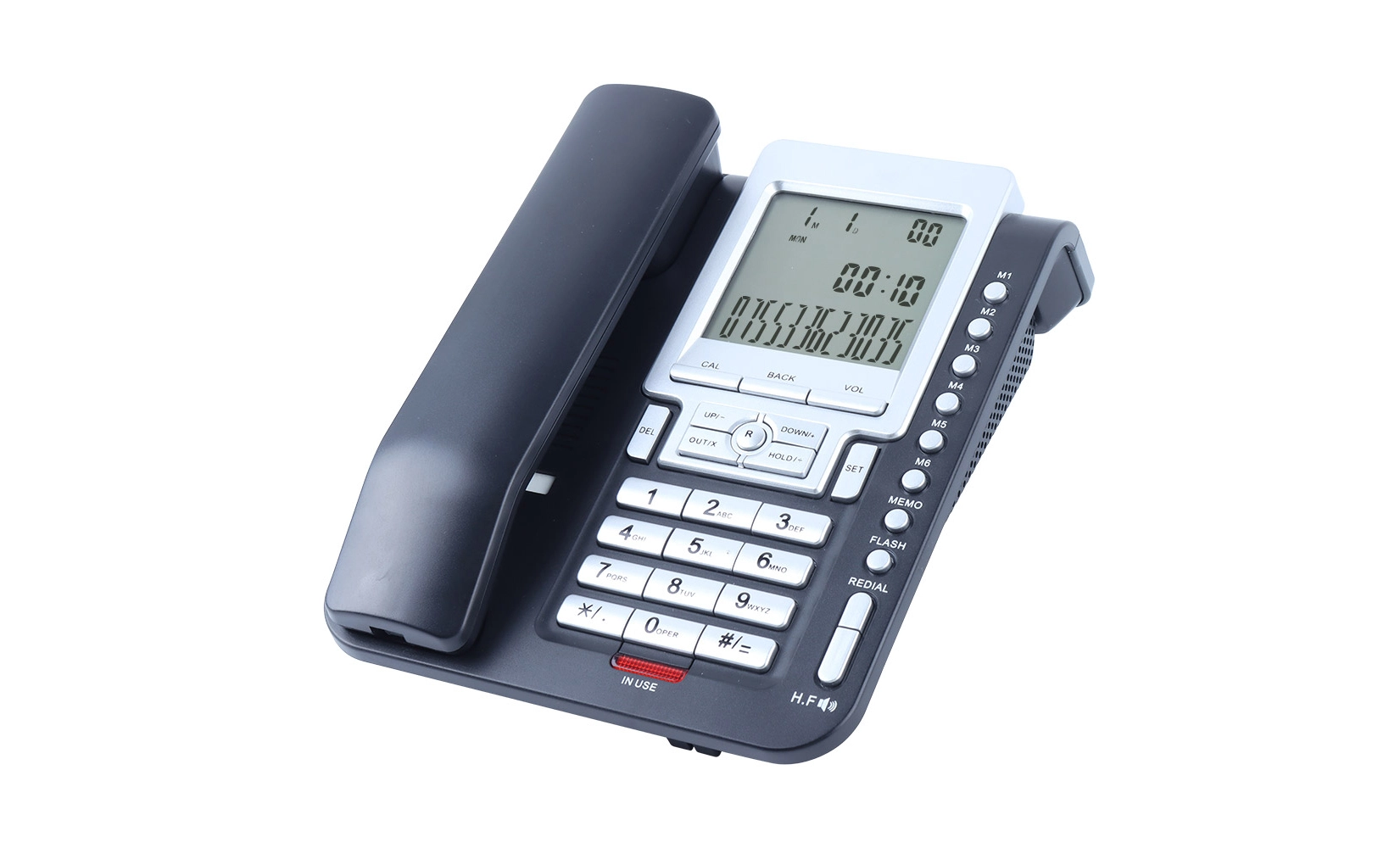Comprehending the True Cost of Basic Telephones
The Price Tag Paradox: Cheap Isn't Always Economical
When shopping for a basic telephone, it's tempting to gravitate towards the lowest-priced options. However, this approach often leads to disappointment and unexpected costs down the line. Inexpensive models may lack durability, resulting in frequent replacements. They might also have poor sound quality, making conversations frustrating and potentially leading to miscommunication.
Consider the long-term value rather than just the initial outlay. A slightly more expensive basic telephone with better build quality and clearer audio can prove more economical over time. It's crucial to balance affordability with functionality and longevity.
Hidden Costs: Installation, Maintenance, and Compatibility
The sticker price of a basic telephone doesn't always reflect its true cost. Installation fees, especially for wall-mounted units, can add to the overall expense. Some models may require specific adapters or additional equipment to function correctly with your existing phone line or system.
Maintenance costs are another factor often overlooked. While basic telephones are generally low-maintenance, some may require periodic part replacements or professional servicing. Additionally, ensure the model you choose is compatible with your current telephone service to avoid unexpected charges or the need for system upgrades.
Essential Features Often Overlooked in Basic Telephones
The Importance of Sound Quality and Volume Control
One of the most critical yet frequently underestimated features in a basic telephone is sound quality. Clear, crisp audio is essential for effective communication, especially for users with hearing impairments. Look for models with noise-reduction technology and adjustable volume controls. These features can significantly enhance the user experience and prevent miscommunications.
Some basic telephones offer amplified sound, which can be a boon for seniors or those in noisy environments. Additionally, consider the quality of the speakerphone function if it's a feature you'll use frequently. A subpar speakerphone can make conference calls or hands-free conversations challenging.
Ergonomics and Accessibility: More Than Just Buttons
The physical design of a basic telephone plays a crucial role in its usability. Large, well-spaced buttons with clear labeling are essential, particularly for users with visual impairments or dexterity issues. The layout of the keypad should be intuitive, with commonly used functions easily accessible.
Consider the weight and shape of the handset as well. A comfortable grip reduces hand fatigue during long calls. For those who often cradle the phone between their ear and shoulder, a contoured handset can make a significant difference in comfort.
 Power Backup and Emergency Readiness
Power Backup and Emergency Readiness
In our increasingly digital world, it's easy to forget that basic telephones can be lifelines during emergencies. Many cordless phones become useless during power outages. Look for corded basic telephone models that don't require external power to operate. Some advanced models even offer built-in flashlights or displays that work during blackouts, enhancing their utility during emergencies.
For areas prone to natural disasters or frequent power interruptions, a basic telephone with a robust build and reliable operation can be an invaluable tool for staying connected and safe.
Navigating Compatibility and Future-Proofing Your Purchase
Understanding Phone Line Compatibility
Not all basic telephones work with all types of phone lines. Before making a purchase, it's crucial to understand your current phone system. Are you using a traditional analog landline, a VoIP (Voice over Internet Protocol) service, or a digital phone line provided by your cable company? Each of these systems may require different types of telephones.
Some basic telephones are designed specifically for VoIP services and may not function correctly on traditional landlines. Conversely, older analog phones might not be compatible with newer digital systems. Always check the compatibility specifications of the telephone with your current service provider to avoid frustration and unnecessary returns.
Adapting to Technological Changes
While basic telephones are known for their simplicity, technological advancements in telecommunications can impact their longevity. As phone companies upgrade their infrastructure, older phone models may become obsolete. When selecting a basic telephone, consider models that offer some level of adaptability to future changes.
For instance, some modern basic telephones include the ability to switch between pulse and tone dialing, ensuring compatibility with both older and newer phone systems. Others may offer firmware update capabilities, allowing them to adapt to certain changes in telecommunication standards.
Considering Additional Features for Long-Term Use
While the primary focus of a basic telephone is simplicity, considering a few additional features can enhance its long-term usability. Features like caller ID, a phonebook, or a call log might seem unnecessary at first but can prove invaluable over time. These features can help manage calls more efficiently and provide a better overall user experience without significantly complicating the device.
Additionally, consider the expandability of the system. If you might need multiple handsets in the future, look for basic telephone models that offer expansion capabilities. This foresight can save you from having to replace your entire phone system down the line.
Conclusion
Navigating the purchase of a basic telephone requires more consideration than many initially assume. By avoiding common pitfalls such as overlooking true costs, neglecting essential features, and disregarding compatibility issues, consumers can make informed decisions that lead to satisfaction and value. Remember, the goal is to find a basic telephone that not only meets your current needs but also stands the test of time in terms of durability, functionality, and adaptability. With careful consideration of the factors discussed, you can select a basic telephone that provides reliable, clear communication for years to come.
Analog phones with stable sound & low defect rate | CHEETA
CHEETA, a leading manufacturer of analog telephones, offers exceptional quality and reliability in the realm of basic communication devices. With over 18 years of OEM/ODM experience, our 1,200㎡ factory in Shenzhen produces 1,000 analog units daily, ensuring prompt delivery to meet global demand. Our products undergo rigorous quality control, including 11 inspection steps, resulting in a defect rate below 1%.
CHEETA's basic telephone models combine simplicity with essential features like redial, flash, and mute functions, catering to diverse user needs. Our commitment to innovation and quality makes CHEETA an ideal choice for those seeking dependable, user-friendly communication solutions. For more information about our telephone products, please contact us at allen@cheeta.com.cn.

 Purchasing a
Purchasing a 




